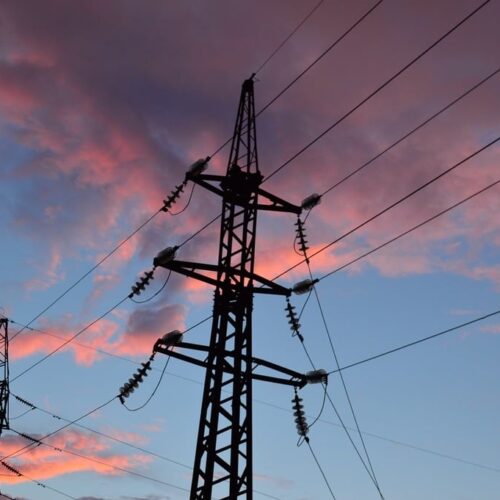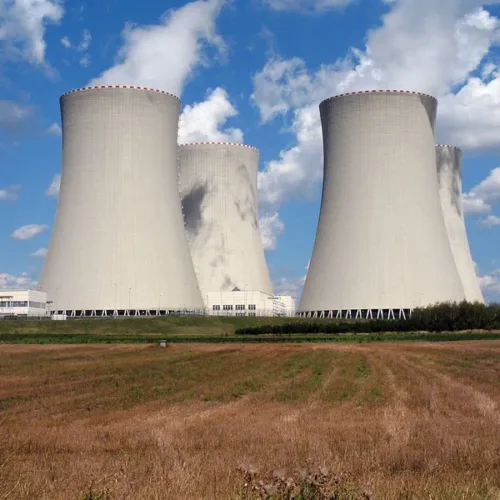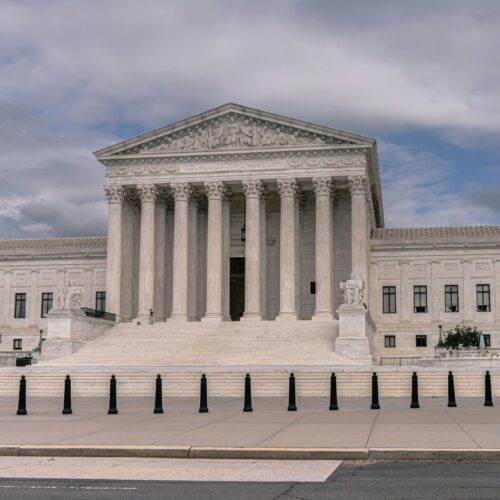States with net-zero carbon emissions targets
A major UN report this week warned that nations are not moving fast enough to curb carbon emissions; nevertheless, many states have established bold climate targets and policies

Credit: Canva
In a major new report this week, the world’s top scientists warned the global community is not moving fast enough to stop catastrophic warming, and that nations need to slash carbon emissions roughly in half by 2030 and then to zero by 2050. But even if those targets are met, humanity will only have a 50% chance of limiting warming to 1.5 degrees Celsius (2.7 degrees Fahrenheit) — beyond which climate impacts are projected to become harder for communities to handle, and threaten the stability of much life on Earth.
Calling the report a “survival guide for humanity,” UN Secretary General António Guterres said rich nations, which have been responsible for a disproportionate share of emissions over time, should accelerate their decarbonization efforts. He implored them to take steps to achieve net-zero electricity generation by 2035, and stop adding greenhouse gases to the atmosphere from any sector by 2040 — 10 years earlier than the net-zero target set by the United States and many other developed countries.
“This report is a clarion call to massively fast-track climate efforts by every country and every sector and on every timeframe,” he said. “In short, our world needs climate action on all fronts — everything, everywhere, all at once.”
This graphic from the UN IPCC report lists the adverse impacts from human-induced climate change, and shows how temperatures have warmed since the early 20th century.
The United States is behind on its own less-ambitious, interim target of slashing economywide emissions 50 to 52 percent by 2030; nevertheless, a number of states – including several in the Northeast – have already established targets to zero out emissions from all sectors of the economy — some that are more aggressive than the federal government’s.
Here is a list of states that have set goals to reach carbon neutrality by midcentury or earlier:
| State | Net Zero Target Date | Interim Targets |
|---|---|---|
| California (executive order) | 2045 | (Statute) 40% below 1990 levels by 2030 |
| Hawaii (statute) | 2045 | |
| Louisiana (executive order) | 2050 | 26-28% below 2005 levels by 2025; 40-50% by 2030 |
| Maine (executive order) | 2050 | (Statute) 45% below 1990 levels by 2030; 80% by 2050 |
| Maryland (statute) | 2045 | 60% below 2006 levels by 2031 |
| Massachusetts (statute) | 2050 | 50% by 2030; 75% by 2040 |
| Michigan (executive order) | 2050 | 26-28% below 2005 levels by 2025 |
| Montana (executive order) | 2050 | |
| Nevada (statute) | 2050 (near zero or zero) | 28% below 2005 levels by 2025; 45% by 2030 |
| New York (statute) | 2050 | 40% below 1990 levels by 2030; 85% below 1990 levels by 2050 |
| North Carolina (executive order) | 2050 | 50% below 2005 levels by 2030 |
| Rhode Island (statute) | 2050 | 10% below 1990 levels by 2020; 45%below 1990 levels by 2030; 80% below 1990 levels by 2040 |
| Virginia (statute) | 2045 | |
| Washington (statute) | 2050 | 45% below 1990 levels by 2030; 70% by 2040; 95% by 2050 |
| Sources: c2es.org; state archives |





